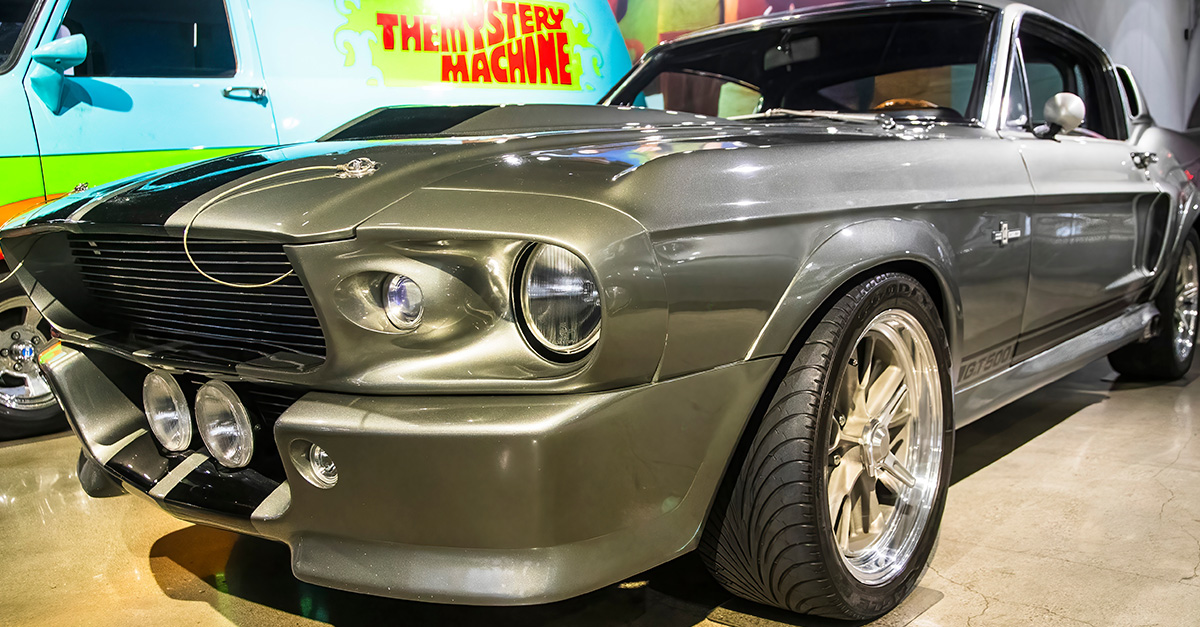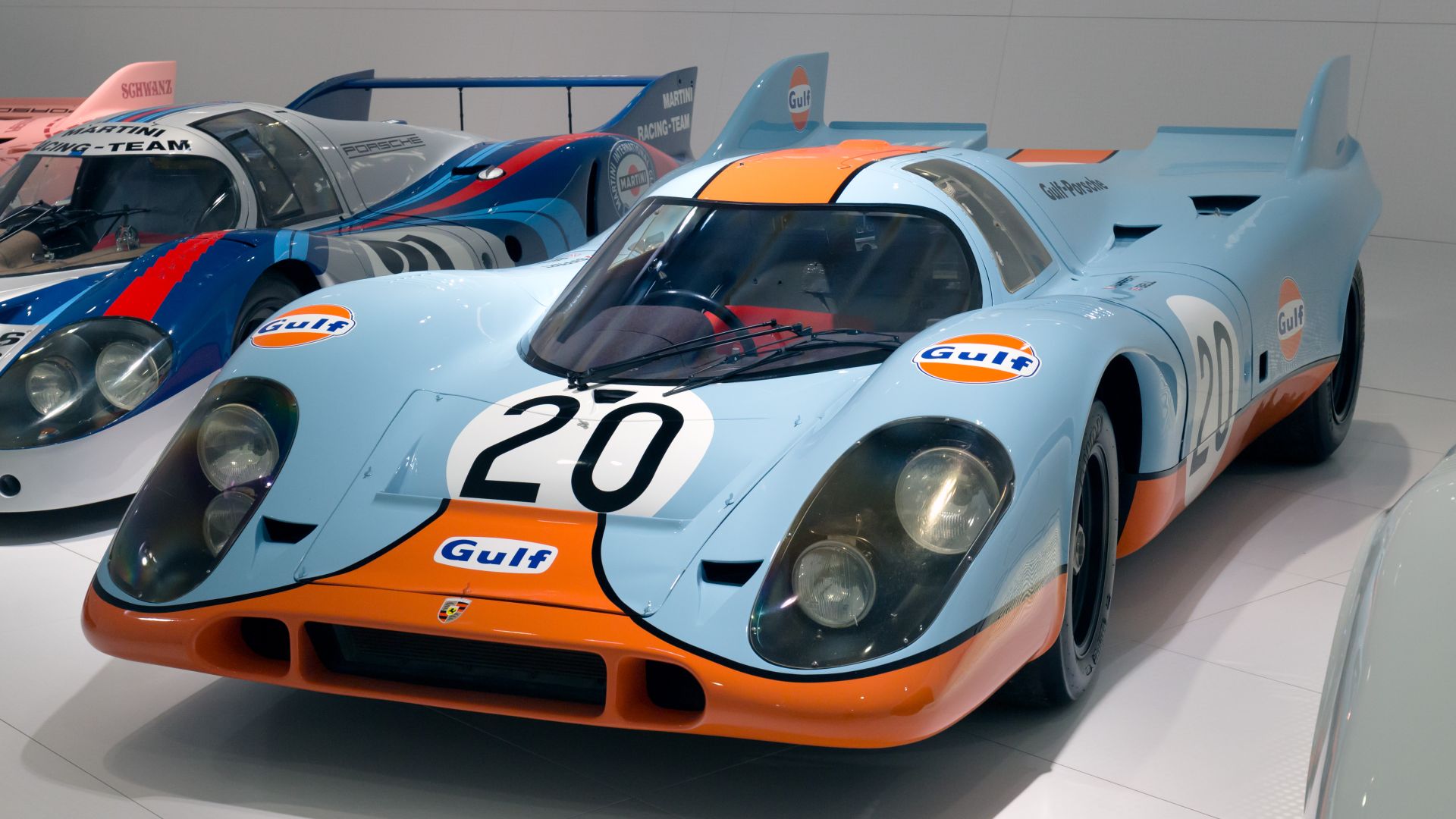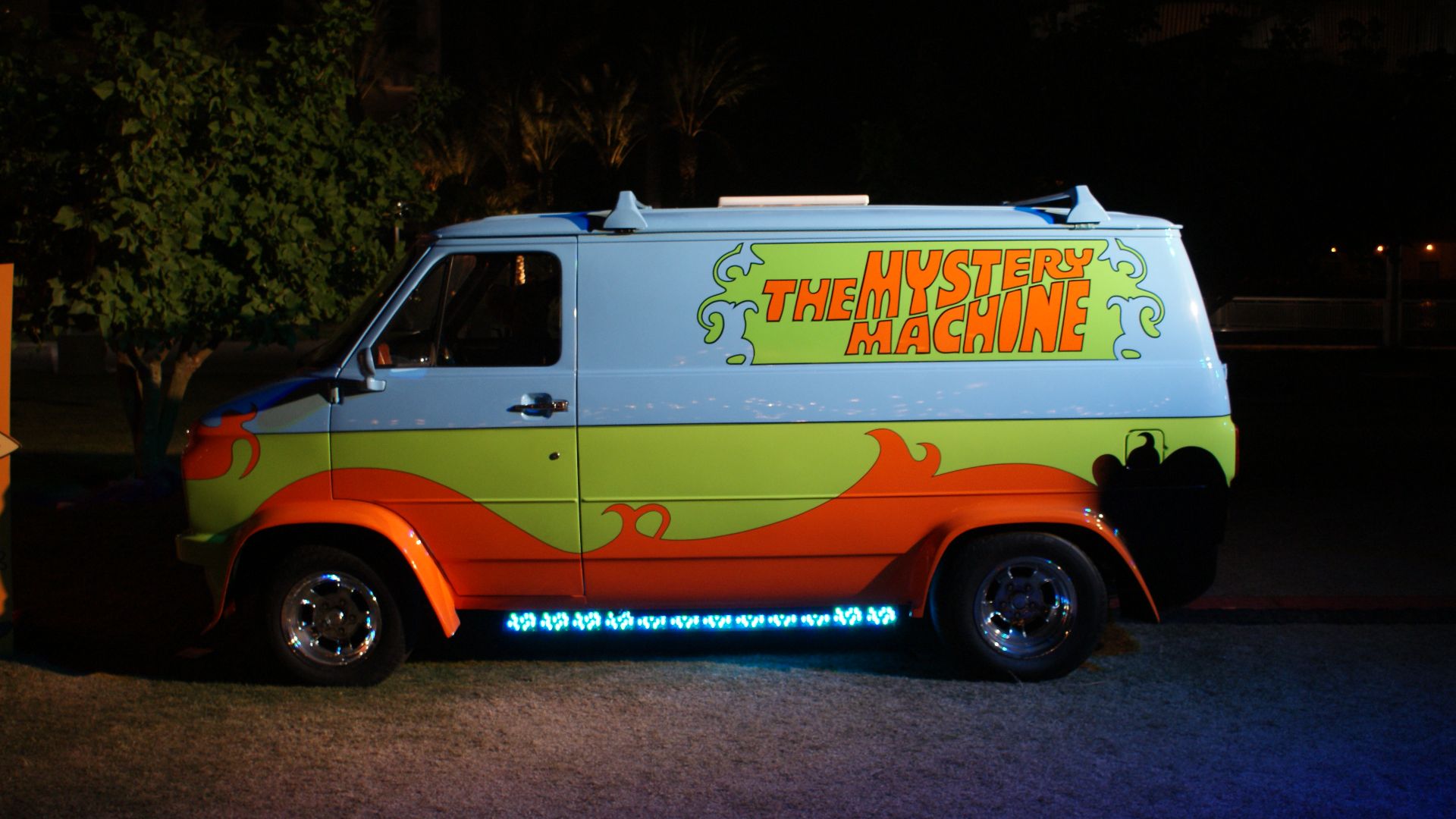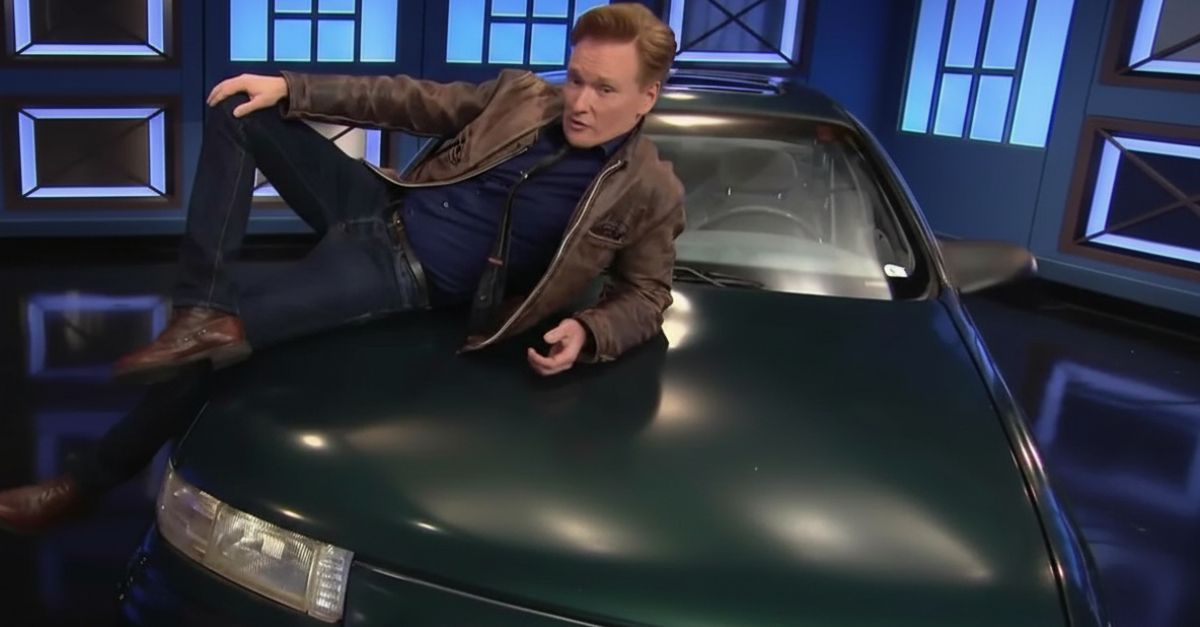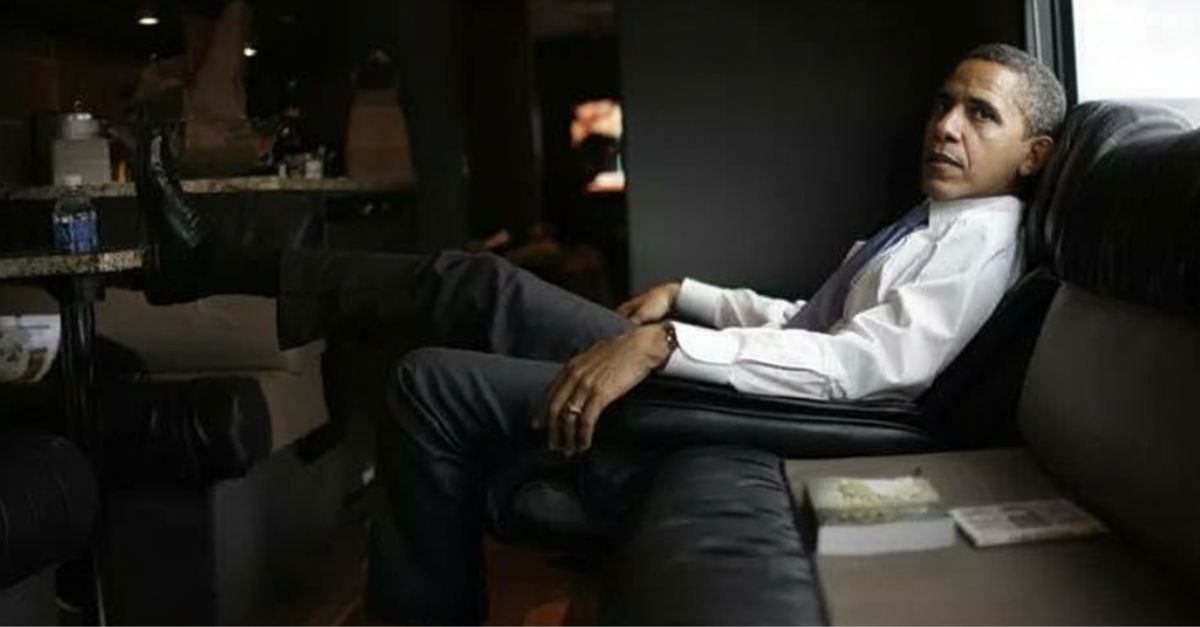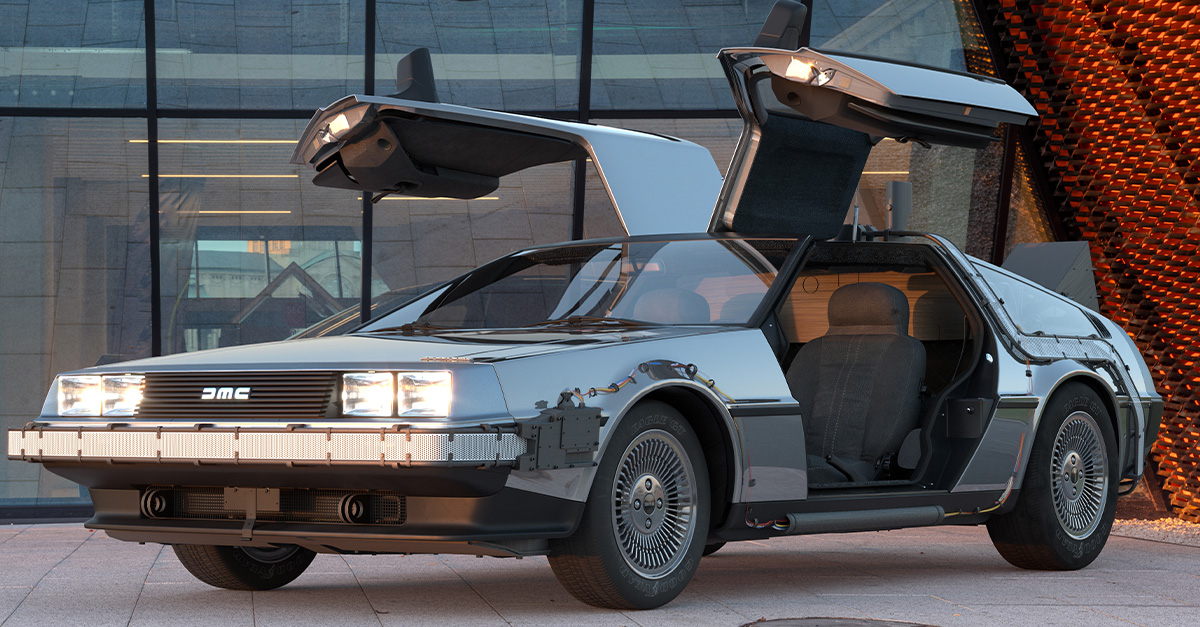Your Favorite Movie Car Might Be A Total Dud
From roaring muscle cars to futuristic supermachines, movie cars often look like they could tear up the asphalt and defy physics. But behind the camera, many of these cinematic legends were slow, clunky, or downright disappointing in real life. Beneath those sleek exteriors were aging engines, fake superchargers, and barely functional stunt rigs—proving that Hollywood horsepower isn’t always what it seems.
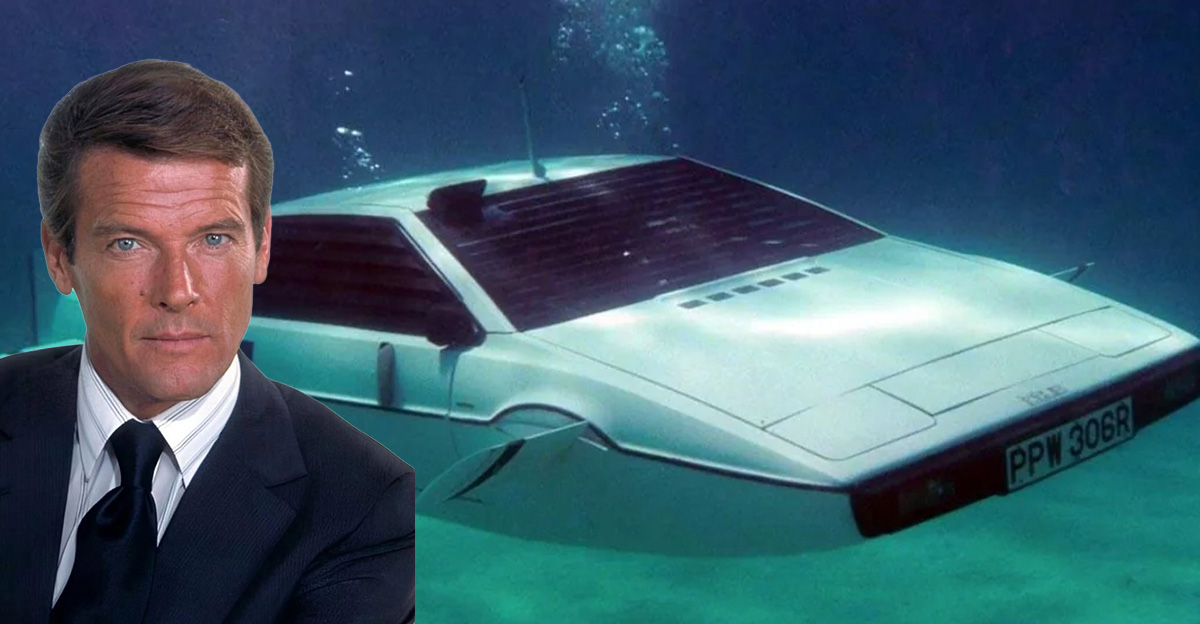
The Batmobile (Batman, 1989)
Tim Burton’s jet-turbine Batmobile looked like a stealth fighter on wheels, but beneath the sculpted body sat a Chevy Impala chassis. Its weight and narrow tires made it sluggish in turns, barely capable of 20 mph during filming sequences.
 Warner Bros. Pictures, Batman (1989)
Warner Bros. Pictures, Batman (1989)
Eleanor (Gone In 60 Seconds, 2000)
The Shelby GT500 clone in Gone in 60 Seconds looked ferocious but ran on a standard small-block V8—not the 500+ hp monster the film implied. Most “Eleanors” were replicas built for stunts, more show than go.
 Touchstone Pictures, Gone in 60 Seconds (2000)
Touchstone Pictures, Gone in 60 Seconds (2000)
Toyota Supra (The Fast And The Furious, 2001)
While Brian’s orange Supra became iconic, its actual film car was only modestly tuned—far from the 10-second legend it portrayed. The exaggerated speed was pure camera trickery; in reality, it handled more like a mid-range tuner project.
 Universal Pictures, The Fast and the Furious (2001)
Universal Pictures, The Fast and the Furious (2001)
KITT (Knight Rider)
The sleek, talking Pontiac Trans Am may have seemed futuristic, but the real car’s 305 V8 produced a disappointing 165 horsepower. The show relied heavily on jump ramps and editing to disguise its painfully average acceleration and cornering.
 Universal Television, Knight Rider (1982)
Universal Television, Knight Rider (1982)
Mad Max’s Pursuit Special (Mad Max, 1979)
The black-on-black Interceptor looked menacing, but the film’s actual Falcon XB GT was aging and unreliable. The heavy supercharger on top was fake—just a cosmetic piece that didn’t spin. It was mostly sound design and editing magic.
 Roadshow Film Distributors, Mad Max (1979)
Roadshow Film Distributors, Mad Max (1979)
The Tumbler (The Dark Knight, 2008)
Despite its tank-like presence, the Tumbler’s design sacrificed agility. Built with a 5.7-liter Chevy engine, it handled clumsily, and visibility was almost nonexistent. The film’s quick cuts and CGI masked how slowly it maneuvered in real-world tests.
 Warner Bros. Pictures, The Dark Knight (2008)
Warner Bros. Pictures, The Dark Knight (2008)
The DeLorean DMC-12 (Back To The Future, 1985)
The gullwing DeLorean looked like a stainless-steel spaceship, but its PRV V6 made only 130 horsepower. Time travel aside, it was slower than most minivans of its day—its cinematic speed purely the work of clever special effects.
 Universal Pictures, Back to the Future (1985)
Universal Pictures, Back to the Future (1985)
Ferrari 250 GT California Replica (Ferris Bueller’s Day Off, 1986)
That gorgeous “Ferrari” wasn’t a Ferrari at all—it was a modified MG with a fiberglass shell. The fake’s engine barely managed 100 horsepower, far removed from the 250 GT’s authentic roar. It looked priceless, but drove like a kit car.
 Paramount Pictures, Ferris Bueller’s Day Off (1986)
Paramount Pictures, Ferris Bueller’s Day Off (1986)
Aston Martin DB5 (Goldfinger, 1964)
Bond’s DB5 was packed with gadgets, but the real prop cars were often underpowered. The extra weight of gadgets and film rigging dulled performance—most action scenes used low-speed tracking shots to preserve the illusion of speed and grace.
 United Artists, Goldfinger (1964)
United Artists, Goldfinger (1964)
Mitsubishi Eclipse (The Fast And The Furious, 2001)
Brian’s green Eclipse opened the franchise with nitrous-fueled glory, but its actual car was a front-wheel-drive GS model. Its engine topped out around 140 hp—nowhere near the turbocharged monster we were led to believe it was.
 Universal Pictures, The Fast and the Furious (2001)
Universal Pictures, The Fast and the Furious (2001)
Chevy Camaro “Bumblebee” (Transformers, 2007)
“Bumblebee” was meant to be a new-gen Camaro superhero, but the pre-production models used in filming had limited functionality—many couldn’t even drive properly. Performance shots were mostly CGI or done using older chassis hidden under body kits.
 Paramount Pictures, Transformers (2007)
Paramount Pictures, Transformers (2007)
Dodge Charger (The Fast And The Furious, 2001)
Dom’s supercharged beast looked unstoppable, but the film car’s towering blower was fake. The stunt car actually ran a small-block engine, chosen for reliability and stunt safety—its real-world performance couldn’t match its menacing on-screen reputation.
 Universal Pictures, The Fast and the Furious (2001)
Universal Pictures, The Fast and the Furious (2001)
Lotus Esprit Submarine (The Spy Who Loved Me, 1977)
The submarine Lotus looked revolutionary, but the “submersible” was a series of nonfunctional shells. The street version’s 4-cylinder engine barely pushed 160 horsepower—making it far slower and less exotic than Bond’s aquatic antics suggested.
 United Artists, The Spy Who Loved Me (1977)
United Artists, The Spy Who Loved Me (1977)
Mini Coopers (The Italian Job, 2003)
The movie’s rooftop Mini Coopers looked zippy, but production swapped the powerful Cooper S models for standard versions to handle camera rigs. The result: sluggish acceleration and clunky handling, cleverly disguised through tight editing and clever choreography.
 Paramount Pictures, The Italian Job (2003)
Paramount Pictures, The Italian Job (2003)
Nissan 350Z (The Fast And The Furious: Tokyo Drift, 2006)
DK’s 350Z drifted like a dream on screen, but many stunt versions were stripped of power or converted to easier-handling setups. Real-world Z cars needed professional drivers to replicate the same grace—its weight made true drifting difficult.
 Universal Pictures, The Fast and the Furious: Tokyo Drift (2006)
Universal Pictures, The Fast and the Furious: Tokyo Drift (2006)
Chevy Nova (Death Proof, 2007)
Kurt Russell’s death machine looked deadly, but it was mechanically basic. The Nova used in filming had a mild V8 and limited suspension tuning, meaning its cornering and braking were poor—hardly the invincible predator Tarantino made it seem.
 DEATH PROOF Nova Burnout and V8 Sound!, Jamboolio
DEATH PROOF Nova Burnout and V8 Sound!, Jamboolio
The Mach 5 (Speed Racer, 2008)
The Mach 5’s sleek design promised blistering performance, but the car never existed in practical form—it was mostly CGI. The real-life prototypes couldn’t even move properly, their design completely impractical for real track conditions or stunts.
Porsche 917 (Le Mans, 1971)
Steve McQueen’s Le Mans featured the legendary Porsche 917—but for filming, many scenes used replica shells on much slower chassis. The real 917’s power was too much for film rigs, forcing crews to simulate its high-speed drama.
Chevy Lumina NASCAR (Days Of Thunder, 1990)
Tom Cruise’s stock car looked like a 200-mph bullet, but many on-screen vehicles used detuned engines or electric drivetrains for filming. Most couldn’t exceed highway speeds, their “races” crafted from tightly edited sequences and roaring sound effects.
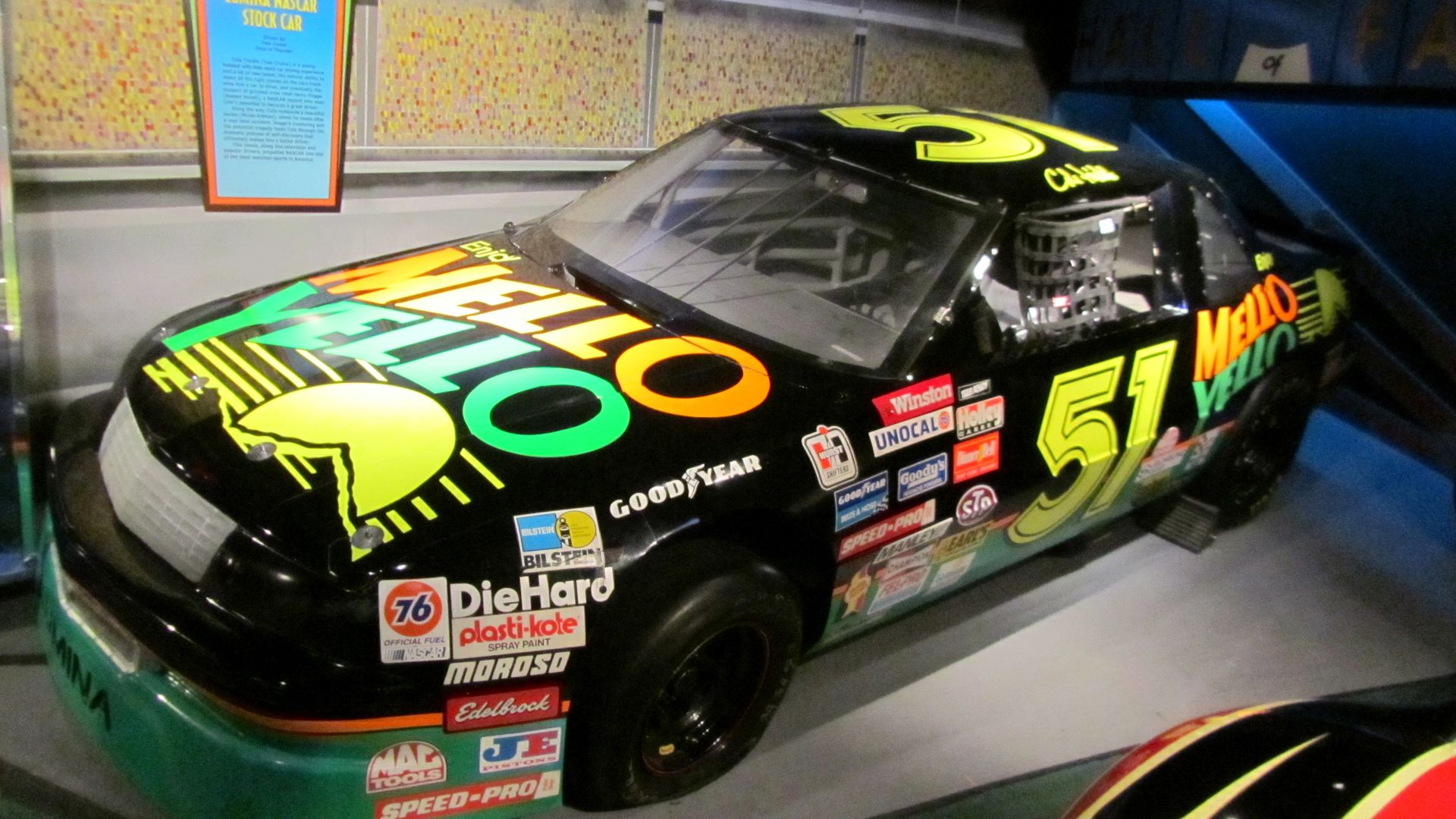 Todd Fowler from Westerville, OH, USA, Wikimedia Commons
Todd Fowler from Westerville, OH, USA, Wikimedia Commons
The Mystery Machine (Scooby-Doo, 2002)
The psychedelic van looked like it could chase ghosts all day, but the actual Dodge A100 used in filming was underpowered and struggled uphill. Its sluggish acceleration made it nearly impossible to perform chase scenes without digital speeding-up.
Pontiac GTO (xXx, 2002)
Vin Diesel’s purple GTO looked like a muscle legend, but the stunt versions were lightweight replicas with modest crate engines. They sounded mean but lacked torque, with handling more akin to a budget project car than a street demon.
 xXx Movie Car 1967 Pontiac GTO - Jay Leno’s Garage, Jay Leno's Garage
xXx Movie Car 1967 Pontiac GTO - Jay Leno’s Garage, Jay Leno's Garage
Audi RSQ (I, Robot, 2004)
The futuristic RSQ looked like the pinnacle of automotive design—but it was a non-functional concept prop. Its futuristic “wheel pods” didn’t actually spin, and the sleek shape hid a basic frame used only for controlled camera dolly movement.
 20th Century Fox, I, Robot (2004)
20th Century Fox, I, Robot (2004)
Ford Mustang Mach 1 (John Wick, 2014)
John Wick’s Mach 1 looked like a roaring throwback, but the film car’s performance was heavily restricted for stunts. Most scenes used a 351 V8 tuned for reliability over speed—its raw, cinematic growl came mostly from sound editing.
Plymouth Fury (Christine, 1983)
Christine’s “killer” power was pure movie magic—the 1958 Fury’s real-life 318 engine made modest power by modern standards. The menacing acceleration and invulnerability were camera tricks; the real Fury was more cruiser than corner carver.
 Columbia Pictures, Christine (1983)
Columbia Pictures, Christine (1983)
Ford Falcon XB GT “Nightrider” (Mad Max, 1979)
While Mad Max’s Interceptor is famous, the Nightrider’s Falcon looked just as wild—but it was mechanically worse. Its loud pipes and rough idling made it nearly undrivable, with overheating issues forcing constant maintenance during the brief filming sequences.
 Roadshow Film Distributors, Mad Max (1979)
Roadshow Film Distributors, Mad Max (1979)
Which Of These Famous Cars Would You Never Have Thought Was A Dud?
Cinematic illusion can turn even the most underwhelming machines into icons of speed and power. Whether it was a sluggish Batmobile, a fake Ferrari, or a DeLorean with less punch than a Prius, these cars remind us that style often outpaces substance in the movies. Still, that magic is part of the charm—on film, imagination always trumps engineering, and sometimes that’s exactly why we love them.
You May Also Like:
The Best Classic Cars For Road Trips
All The Auto Manufacturers Currently Rolling Back Their EV Plans

